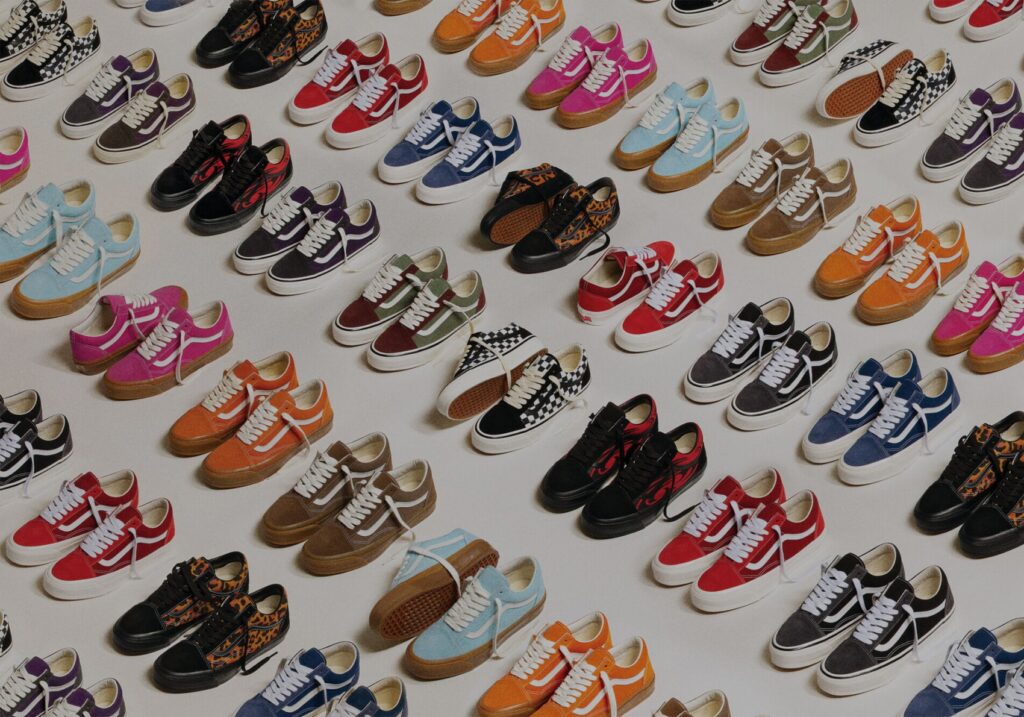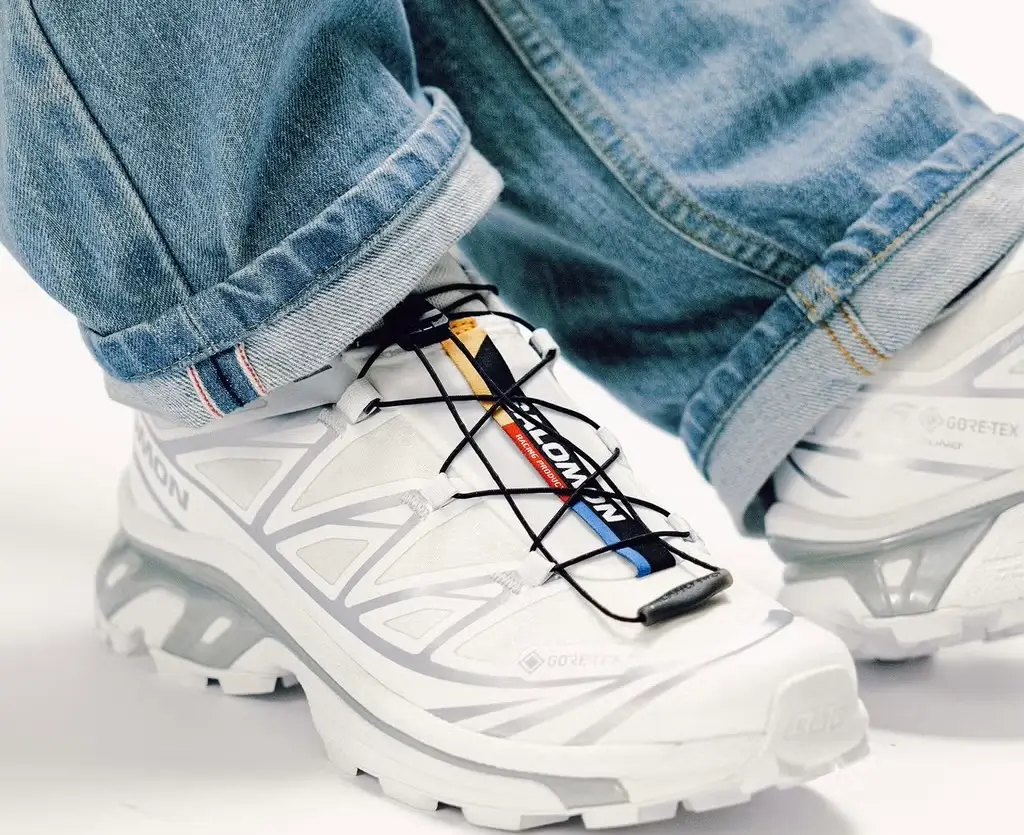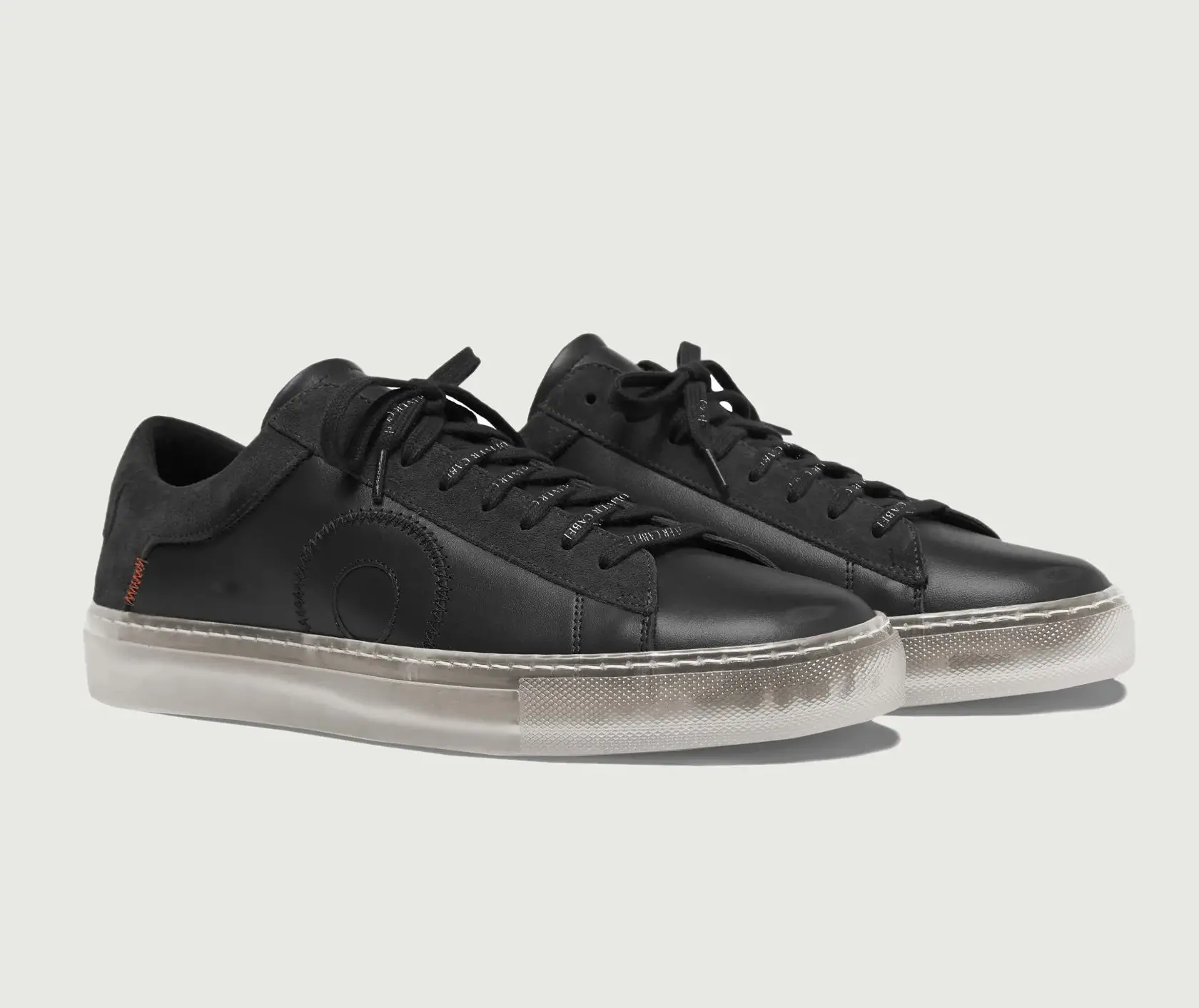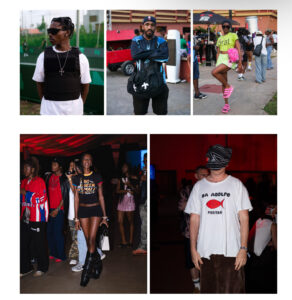Vans recently took over Los Angeles to celebrate the enduring legacy of the Old Skool, blending skateboarding, music, and culture into one immersive experience. More than just a tribute to a sneaker, the event was a deep dive into the history that shaped Vans into an iconic brand, cementing its place in both skate and streetwear culture.
The brand opened its archives, offering attendees a glimpse into the journey that transformed the Old Skool from a durable skate shoe into a global symbol of self-expression. From its origins on the feet of pioneering skaters to its adoption by musicians, artists, and street-style enthusiasts, the shoe has left an indelible mark on multiple generations.
This event bridged past and present, bringing together legendary figures such as Henry Rollins of Black Flag and skateboarding pioneer Tony Alva while also spotlighting rising talents like hip-hop group Paris Texas and bespoke customizer Nicole McLaughlin. It was a moment where history met contemporary creativity, reinforcing Vans ability to remain timeless while continuously evolving.
This fusion of eras set the stage for Vans latest capsule collections, a reimagining of the Premium Old Skool. Infused with archival details, upgraded skate-ready features, and colorways inspired by the aesthetics of three distinct periods, the new iterations pay homage to the past while ensuring the Old Skool remains a relevant and innovative staple for years to come.
But to truly understand the depth of Vans cultural influence, we need to rewind the clock back to 1977, when the Old Skool was first introduced and Los Angeles was undergoing a seismic shift in music, skateboarding, and youth culture.
1977: A City of Drought, but Not of Creativity
The late 1970s in Los Angeles were defined by both environmental and cultural extremes. The city was experiencing an unprecedented drought, leaving swimming pools dry and abandoned, but the creative scene was thriving. Punk rock was infiltrating house parties and underground clubs, bringing with it a rebellious energy that resonated with disenfranchised youth. At the same time, skateboarding was undergoing a radical transformation, thanks in large part to a collective of surfers-turned-skaters from Santa Monica neighborhood.
The Z-Boys Tony Alva, Stacy Peralta, Jay Adams, and their crew were rewriting the rules of skateboarding, bringing their fluid, surf-inspired style to the streets. The drought meant that empty pools were plentiful, providing the perfect terrain for these young skaters to experiment with gravity-defying maneuvers. They were just skating; they were carving, sliding, and soaring, laying the groundwork for what would eventually become modern vert skating.
And on their feet? Vans.
The Birth of the Old Skool: Designed for Skate, Adopted by the World
In 1977, Vans introduced Style #36, now known as the Old Skool. It was the first Vans shoe to feature the brand’s now-iconic sidestripe design element that started as a simple doodle by Vans founder Paul Van Doren but would go on to become one of the most recognizable motifs in sneaker history.
What set the Old Skool apart from other sneakers at the time was its combination of durability and flexibility. The shoe featured a reinforced suede toe cap and canvas upper, providing the resilience needed for skateboarding demands. The grippy waffle outsole, a signature of Vans footwear, ensured superior traction, whether on grip tape or concrete. Skaters took notice, and soon, the Old Skool became their go-to sneaker, favored for both its function and style.
Yet, it wasn’t just skaters who embraced the Old Skool. As punk rock continued to rise, musicians and fans alike gravitated toward Vans. The shoes DIY-friendly design made it a favorite among those looking to customize their look, and its rebellious aura aligned perfectly with the anti-establishment ethos of the punk scene. From underground punk shows to empty pools, the Old Skool was a common denominator, representing a shared attitude of nonconformity and creativity.
The Old Skool Through the Decades: Reinvention and Resurgence
As skateboarding and street culture evolved, so did the Old Skool. Throughout the 1980s and 1990s, the shoe remained a fixture in the skate community, appearing in countless skate videos and competitions. Skaters continued to push boundaries, and Vans was right there with them, adapting and refining their designs to meet the changing needs of the sport.
But the Old Skool didn’t just stay in skateparks. By the early 2000s, the sneaker had fully transcended its skateboarding origins, becoming a fashion staple worn by musicians, artists, and style icons across various subcultures. It was embraced by hip-hop artists, indie rockers, and streetwear enthusiasts alike, further solidifying its status as a cultural mainstay.
Collaborations played a significant role in the Old Skool’s continued relevance. From high-fashion brands to underground designers, countless creatives have put their own spin on the silhouette, introducing new materials, colors, and patterns while maintaining its signature DNA. Limited-edition releases and high-profile partnerships have only fueled the demand, making the Old Skool one of Vans most enduring and sought-after sneakers.
Vans Capsule Collection: Honoring the Past, Elevating the Future
Fast forward to today, and Vans new capsule collection seeks to celebrate everything that has made the Old Skool an icon. By drawing inspiration from three pivotal aesthetic eras, the collection reflects the shoe evolution while incorporating modern performance upgrades.
The Late 70s & Early 80s: A nod to the Z-Boys era, these designs embrace bold, vintage-inspired color blocking and rugged materials, paying tribute to the skateboarding pioneers who first made the Old Skool their own.
The 90s & 2000s: Reflecting the era when the Old Skool became a streetwear staple, this part of the collection embraces clean, minimalist colorways and premium materials, blending skate heritage with everyday fashion.
The Future of Skateboarding: While the past is honored, innovation remains at the forefront. These iterations feature cutting-edge materials, improved cushioning, and reinforced construction, ensuring that today’s skaters have the performance they need to push boundaries just as the Z-Boys once did.
More Than a Sneaker, A Cultural Symbol
Vans Old Skool is more than just a shoe’s a symbol of creativity, rebellion, and authenticity. Its story is woven into the fabric of skateboarding history, punk rock culture, and street fashion. From the empty pools of Dogtown to the stages of punk shows, from the feet of skaters grinding rails to musicians selling out arenas, the Old Skool has been there for it all.
The recent Vans takeover of LA wasn’t just a celebration of a shoes was a testament to its lasting impression. By bridging generations and blending influences, Vans has reaffirmed that the Old Skool is not just a product of the past but a defining piece of culture that will continue to inspire for years to come.
And just as Tony Alva, Stacy Peralta, and the rest of the Z-Boys likely didn’t realize the full extent of their impact back in the late 70s, today’s skaters, musicians, and creators wearing Vans are writing the next chapter in the Old Skool’s history one that will continue to evolve, adapt, and inspire future generations.
No comments yet.








